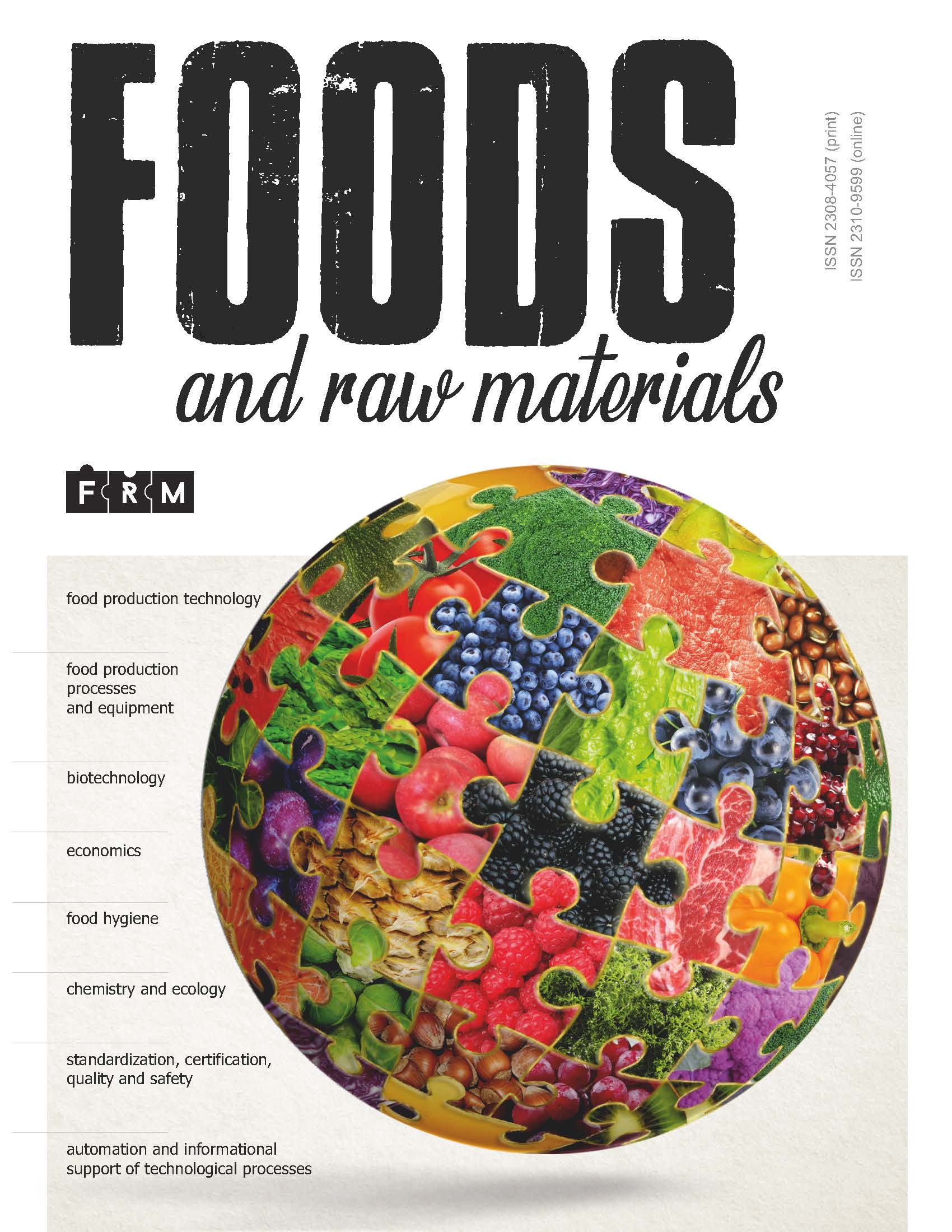The main problem of implementation of technology of rutin extraction from grass buckwheat Fagopyrum sagittatum Gilib. lies in purification of rutin raw. In this connection the following research object is determined: consideration of the possibility to use for rutin raw purification different commercial carbon brands as adsorbents by the method of preparative chromatography and assessment of their effectiveness to achieve the maximum degree of purification with minimum duration of the elution process. The article presents experimental data on purification of rutin raw sample, extracted from grass buckweat green material by the preparative chromatography method using wood- and coconut-based activated carbons of different brands as sorbents; besides, the following items are presented in the article: dependence of rutin sample melting temperature, qualitative and quantitative flavonoid content, authenticity on chlorophyll and red pigments content depending on sorbent layer height and elution duration in comparison with the GSO [State Standard Samples] control sample. To confirm the reliability of the obtained results, statistical processing of experimental data is conducted using the methods of correlation and regression analysis, as well as using the two-parameter normal distribution of values. It is demonstrated that the use of the following carbon brands, indicated in decreasing effectiveness order, can provide the best purity and stability of parameters values, characterizing the product: NWC-P, NWM-P, OU-A, OU-B; the conducted calculations indicate that the best correlation between the sorbent layer height in a column and the rutin samples quality parameter was achieved when the carbons of the brands NWM-P, OY-A and OY-B were used. Depending on the tasks, rutin purification degree may be regulated by sequential use of NWC-P and NWM-P carbons. When rutin is purified from proximate admixtures, chlorophyll and red pigments, NWC-P adsorbent allows to get a comparable result even when the layer height is from 50 to 70 mm respectively.
Grass buckweat, rutin raw, activated carbon, purification, method of preparative chromatography
1. Evdokimova O.V. Preparaty rastitel'nogo proiskhozhdeniya pri khronicheskoy venoznoy nedostatochnosti [Herbal drugs at chronic venous insufficiency]. Novaya apteka [New pharmacy], 2006, no. 4, pp.11-12.
2. Krikova A.V., Davydov R.S., and Mokin Yu.N. Biologicheskaya aktivnost' rastitel'nykh istochnikov flavonoidov [Biological activity of flavonoid plant sources]. Pharmacy, 2006, vol. 54, no. 3, pp. 17-18.
3. Su K.Y., Yu C.Y., Chen Y.W., Huang Y.T., Chen C.T., Wu H.F., and Chen Y.L.S. Rutin, a Flavonoid and Principal Component of Saussurea Involucrata, Attenuates Physical Fatigue in a Forced Swimming Mouse Model. International Journal of Medical Sciences, 2014, vol. 11(5), pp. 528-537. DOI:https://doi.org/10.7150/ijms.8220.
4. Kurkin V.A. Farmakognoziya. 2-e izd. [Pharmacognosy. 2nd ed.]. Samara: Ofort Publ., 2007. 1239 p.
5. Kisilev V.E., Kovalenko V.E., and Minaeva V.G. Grechikha kak istochnik flavonoidov [Buckweat as a flavonoid source]. Moscow: Nauka Publ., 1995. 96 p.
6. Zhao Z., Dong L., Wu Y., and Lin F. Preliminary separation and purification of rutin and quercetin from Euonymus alatus (Thunb.) Siebold extracts by macroporous resins. Food and Bioproducts Processing, 2011, vol. 89, no. 4, pp. 266-272. DOI: https://doi.org/10.1016/j.fbp.2010.11.001.
7. Ryzhov V.M., Kurkin V.A., and Hisyamova D.M. Studying the possibility of waste-free processing the buckwheat sowing grass. Proceedings of the Samara Scientific Center of the Russian Academy of Sciences, 2012, vol. 14, no. 1(9), pp. 2282-2284. (In Russian).
8. Pavlovskaya N.E., Gneusheva I.A., Polekhina N.N., Solokhina I.Yu., and Gor'kova I.V. Sposob polucheniya rutina [Rutin extraction method]. Patent RF, no. 2505307, 2014.
9. Obzor rynka aktivirovannogo uglya v SNG: otchet. Ob’edinenie nezavisimykh ekspertov v oblasti mineral'nykh resursov, metallurgii i khimicheskoj promyshlennosti. 7-e izd. [CIS activated carbon market survey: report. Association of independent experts in the field of mineral resources, metallurgy and chemical industry, 7th edn.], Moscow: OOO INFOMAIN Publ., 2015. 22 p.
10. Averyanova E.V. and Shkolnikova M.N. Effect of activated carbons of different brands on the quality of rutin in the cleaning process. Bulletin of KrasGAU, 2015, no. 4, pp. 49-54. (In Russian).
11. Kotelnikova T.A., Kuznetsov B.V., Moreva A.A., and Muraveva G.P. Hydrophiliciti of activated carbons for purification of drinking water according to the nonlinear gas chromatography. Sorption and chromatographic processes, 2012, vol. 12, no. 4, pp. 523-531. (In Russian).










